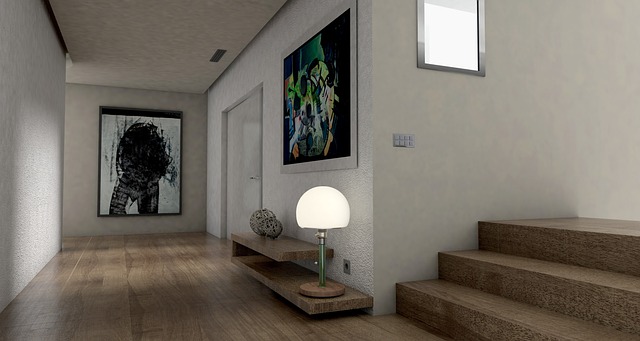Modular and prefab construction, driven by advanced residential CAD drafting software, transforms building processes with increased efficiency and quality. This method enables precise planning, reduces waste through perfect component fitment, and ensures superior quality control before assembly on-site, leading to faster completion times and significant cost savings in residential projects. Using computer-aided design (CAD), professionals create detailed digital blueprints that streamline decision-making, reduce errors, and enhance collaboration among stakeholders. The integration of modular components and prefabricated structures in controlled factory settings streamlines construction timelines, minimizes waste, and enhances overall efficiency, making this modern approach increasingly popular in the industry.
In today’s fast-paced construction industry, modular and prefab design is revolutionizing building processes. This modern approach leverages residential CAD drafting to create efficient, cost-effective, and sustainable structures. By understanding the principles of modular and prefab design, you can unlock significant benefits such as reduced construction times and minimized waste. This article explores these concepts in detail, from the basics of residential CAD drafting to best practices for successful implementation.
Understanding Modular and Prefab Design: A Modern Approach to Construction
Modular and prefab design is a modern approach to construction that leverages technology and innovative engineering to create efficient, cost-effective, and high-quality buildings. By using residential CAD drafting software, designers can precisely plan and visualize modular components before they’re built. This digital precision ensures every element fits perfectly together, minimizing waste and maximizing structural integrity.
Prefabricated modules are constructed in a controlled environment, allowing for rigorous quality control. Once assembled on-site, these modules quickly lock into place, dramatically reducing construction timelines. This method is particularly beneficial for residential projects, offering faster builds, lower costs, and increased design flexibility.
Benefits of Residential CAD Drafting for Efficient Building Processes
Residential CAD drafting has emerged as a game-changer in the construction industry, streamlining building processes and revolutionizing how homes are designed and built. By utilizing computer-aided design (CAD) software, architects and engineers can create detailed digital blueprints, offering numerous advantages over traditional manual drafting methods. This technology enables precise measurements, easier modifications, and better visualization of residential structures before construction begins.
One of the key benefits is the increased efficiency it brings to the entire building process. Digital plans created through residential CAD drafting are not only accurate but also easily accessible, allowing for faster decision-making and coordination among project stakeholders. This accessibility means that changes can be made swiftly, minimizing costly errors often associated with manual drafting. Moreover, it facilitates better collaboration between designers, builders, and clients, ensuring everyone works from the same set of detailed plans.
The Process of Creating Modular Components and Prefabricated Structures
The process of creating modular components and prefabricated structures involves a meticulous series of steps, starting with comprehensive residential CAD drafting. Architects and engineers utilize advanced software to design precise 3D models, ensuring every detail is accurate and optimized for assembly. This digital blueprint becomes the foundation for crafting individual modules, which are then constructed in a controlled factory environment.
Once designed, modular components are manufactured using a range of techniques, from precision cutting and welding to advanced material forming. These components are built to exacting standards, allowing for seamless fitting during installation. Prefabricated structures, on the other hand, are assembled by connecting these modules, often with minimal on-site work required. This method significantly streamlines construction timelines, reduces waste, and enhances overall efficiency, making it an increasingly popular approach in modern building practices.
Best Practices and Considerations for Successful Implementation
When implementing modular and prefab design drafting for efficient construction, there are several best practices and considerations to ensure success. Firstly, thorough planning is key; this involves detailed residential CAD drafting to accurately visualize and define all components of the structure. By creating precise 2D and 3D models, teams can efficiently identify potential issues early in the design phase.
Additionally, coordination among various disciplines—architecture, structural engineering, and mechanical/electrical systems—is vital. Regular communication and collaboration ensure that designs are integrated seamlessly, minimizing clashes and delays. Standardized components and materials also play a significant role in streamlining construction, reducing waste, and enhancing overall efficiency.
Modular and prefab design, powered by advanced residential CAD drafting techniques, offers a revolutionary approach to construction. By streamlining processes, minimizing waste, and maximizing efficiency, these methods are transforming the building industry. Implementing best practices, as outlined in this article, ensures successful integration of modular components and prefabricated structures, leading to faster, more cost-effective, and high-quality constructions. Residential CAD drafting plays a pivotal role in achieving these benefits, making it an indispensable tool for modern builders and architects.
